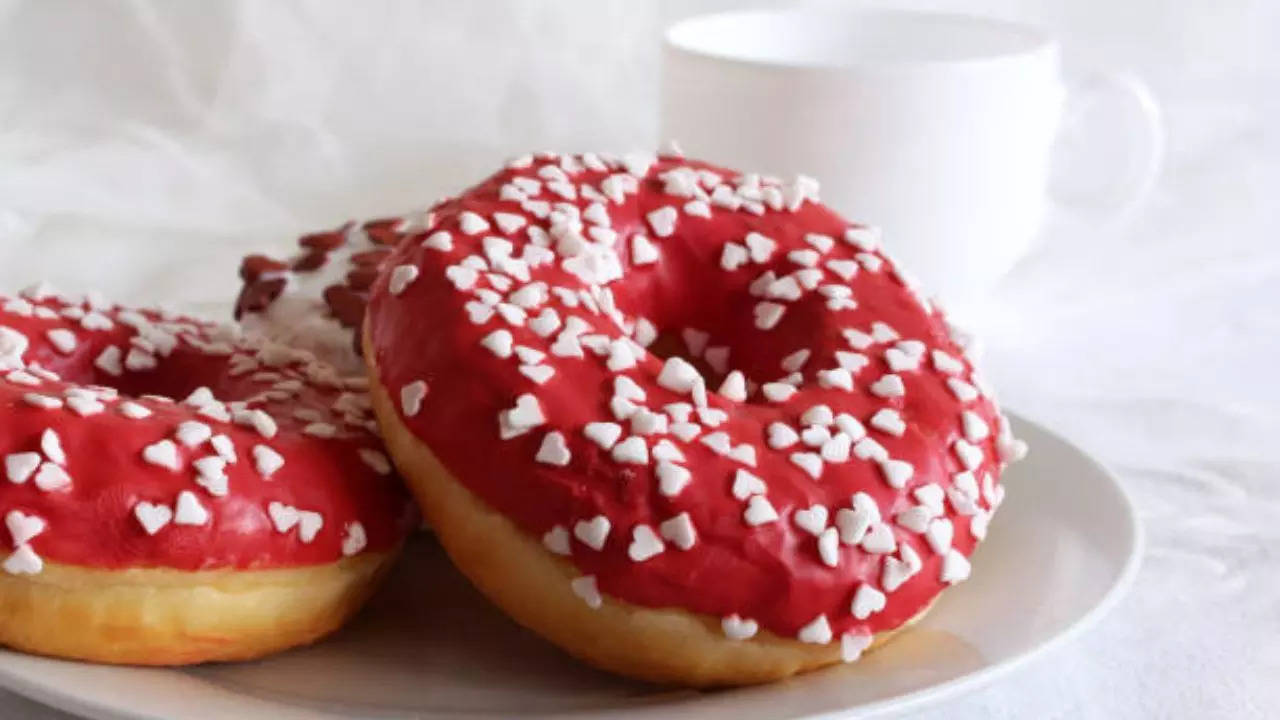Contents
-
news
-
Health
FDA bans controversial Red No. 3, artificial coloring, used in beverages and candy; here’s why
More than 30 years after scientists discovered its link to cancer in animals, the U.S. Food and Drug Administration has banned the use of red dye No. 3 in food, beverages and ingested medications. A synthetic color additive made from petroleum and chemically known as erythrosine – Red No. 3 gives foods and beverages a bright cherry-red color. Read on to know more.

Red No. 3 is packed with nearly 10,000 food items, including hundreds of products made by big food companies
The U.S. Food and Drug Administration said it is banning the use of controversial Red No. 3 — a synthetic food coloring that makes it a bright cherry but has been linked to cancer in animals.
According to the food safety advocacy group Center for Science in the Public Interest, the dye is used in thousands of foods — such as candies, cereals, fruit cocktails containing cherries and strawberry-flavored milkshakes. Use. CSPI says nearly 10,000 foods are loaded with the dye, including hundreds of products made by big food companies.
However, the FDA is not stopping the use of other artificial colors, including Red No. 40, which has been linked to behavioral problems in children. CSPI President Dr. Peter Lurie said, “Finally, the FDA is ending the regulatory paradox of making Red 3 illegal for use in lipstick but completely legal to feed to children as candy.” The agency banned additives in cosmetics in 1990 under the Delaney Clause, a federal law that requires the FDA to ban food additives that cause or induce cancer in humans or animals.
Food manufacturers will have until January 15, 2027 to reformulate their products. Companies that make ingestible drugs, such as dietary supplements, will get an additional year.
“FDA cannot authorize a food additive or color additive if it has been found to cause cancer in humans or animals,” Jim Jones, FDA’s deputy director for human foods, said in a statement. “Evidence shows cancer in male laboratory rats exposed to high levels of FD&C Red No. 3.
What is red number 3?
Made from petroleum, Red No. 3 was approved for use in foods in 1907. Even though the FDA has been working for decades to keep the dye from being banned, there have been several studies that have found tumors in male rats exposed to high levels. diet.
There are also concerns about whether artificial colors in food could affect children’s behavior. In 2011, the FDA reviewed a possible link between artificial colors and hyperactivity in children. However, it was determined that there was no connection between the two. Although the FDA is now revoking its approval, ending its use nationwide, other states have already taken action.
In 2023 California became the first state to ban Red No. 3 and several other food additives linked to potential health problems.
Popular Foods and Drinks with Red Number 3
- Marshmallows and candies like Brat’s Candy Corn and Pez Candy Mixed Fruits
- fruit drinks, colored drinks, sodas, or cocktails
- Cakes and Cupcakes
- some protein shakes
- choose energy drinks
- Flavored Pudding
- some bacon pieces and sausage
things to keep in mind
According to experts, until the restrictions are in place, make sure to:
read labels
Start checking ingredient lists for Red Dye No. 3, FD&C Red No. 3, or erythrosin, especially in foods that kids love, like gummies, cereals, and brightly colored beverages.
go natural
Many brands have already ditched artificial colors for natural alternatives like beetroot juice or turmeric.
teach children
Make a team effort with your kids to understand the side effects of artificial food colors. It is important to show them how to recognize red dye number 3 on the label and explain why they should avoid it.
Get the latest news live on Times Now with breaking news and top headlines from around the world.


